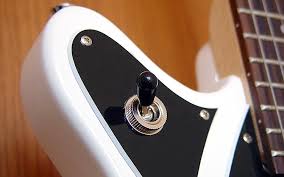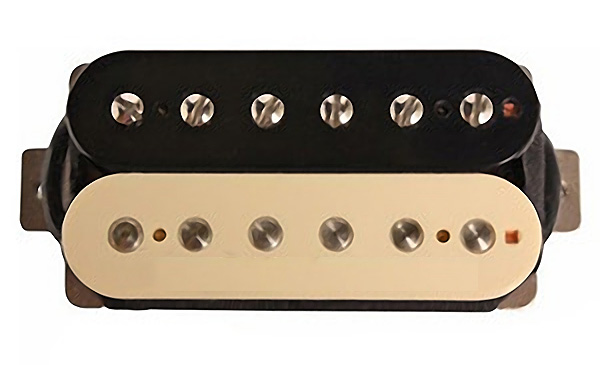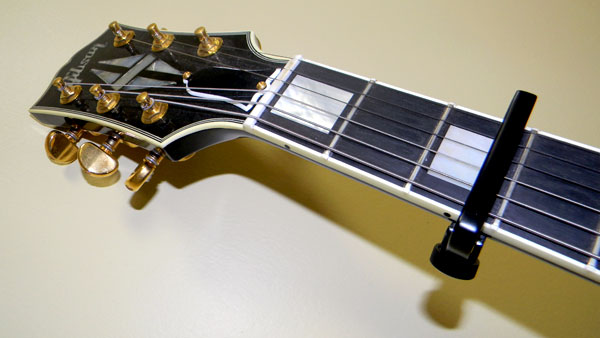They’re everywhere – stuffed into gig bags, hanging on the wall, crammed into the back of your combo amp. Cables are the lifelines of your music and learning a bit more about their construction, and the difference between a low budget cable and one designed for premium audio applications is worth the effort.
Every time you plug in a cable from your guitar to your pedalboard or from one stompbox to the next, you expose your audio – your music – to interference. Buying the right high quality cable will ensure that your music gets to the ears of your audience sounding the same as it did when you imagined it in your head… and played it on your instrument.
A basic guitar cable consists of a pair of copper wires, one hot and one ground, which is wrapped by a sleeve of metal foil, spiraled wire or braided wire called the shield. The shield is used to reduce incoming noise such as RFI and EMI.
RFI is radio frequency interference, and you have probably heard a radio station coming through your amp at some point, likely do to a bad cable.
EMI is electromagnetic interference, the buzz or hum caused by electromagnetic fields like power lines and lighting dimmer racks.
A third type of noise is called triboelectric noise, often referred to as “handling noise”. If you have ever picked a cable that was plugged in and heard snaps, cracks and pops, that is the sound of electrical charges being transferred into the cable. Planet Waves uses a conductive PVC layer of insulation that dissipates the charges, which keeps the noise level down.
Two types of cable are used to combat the noise from these sources. Coaxial cable is designed so that the shield and the conductor carry the same current. The magnetic fields cancel each other out, and since no field is being produced, it can’t pickup noise from external sources. Coax cables excel in rejecting electrostatic noise. This is the design technique used in the premium Planet Waves cables.
The other cable type is called a ‘twisted pair”. The twisted pair refers to two coated wires wrapped around each other. Due to their close proximity, any noise that is picked up by one wire is cancelled by the other wire, and noise is minimized. This is a less expensive solution, and offers nearly the same performance as the coax cable.
For everyday gigging, a twisted pair cable is fine, for critical audio (recording studios, audiophile systems) coaxial cable is the best solution.
Article written by Tom Spaulding and provided by Planet Waves by Planet Waves, maker of high quality instrument cables and accessories.
Visit them at www.planetwaves.com.


